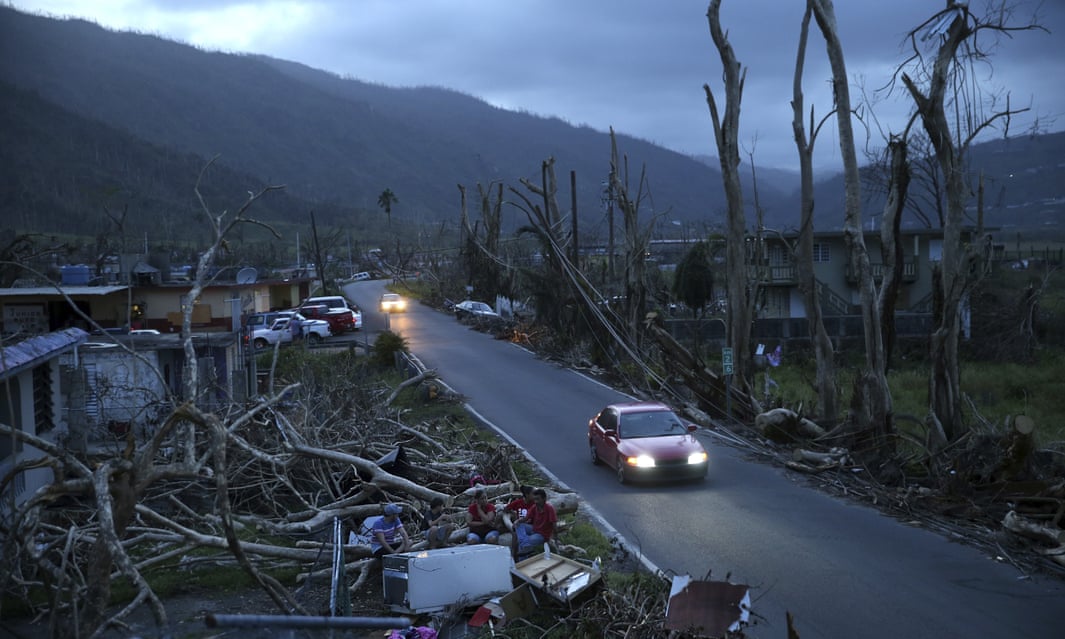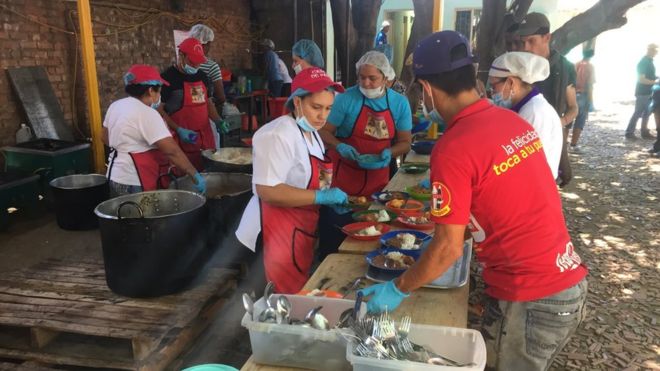By Jenilyn Brhel
Impunity Watch Reporter, Europe
GENEVA, Switzerland – In a report published on September 25th, the United Nations cited grave instances of human rights abuses in Crimea.

“There is an urgent need for accountability,” UN human rights chief Zeid Ra’ad Al Hussein said of the situation.
The United Nations ordered the human rights investigation in December 2016. The report is based on interviews conducted from Ukraine, as investigators were not allowed access into the region.
Among the abuses found are incidences of illegal arrests, allegedly taking place to instill fear and stifle opposition. There is also evidence of torture, and a finding of at least one extra-judicial execution. Additionally, between 2014 and 2015, dozens of people were abducted, and ten still remain missing.
The abuses are alleged to have been perpetrated by the Federal Security Service, Russian police officers and a paramilitary group.
Crimea was illegally annexed by Russia in 2014 in a referendum that was and is not recognized by the international community. It has been condemned by the European Union as well as the United States and has resulted in sanctions against Russia.
The human rights abuses are primarily directed at the Tatars, a Turkic speaking minority in Crimea that makes up about 12% of its population.
The report states that “while those human rights violations and abuses have affected Crimean residents of diverse ethnic backgrounds, Crimean Tatars were particularly targeted especially those with links to the Mejlis.”
The Tatar parliament, the Mejelis, boycotted the referendum on joining Russia and were deemed an extremist organization and banned by Moscow in 2016. The Tatar community has since been limited in its ability to celebrate important dates and display cultural symbols.
Tatyana Moskalkova, Russia’s human rights ombudsman, states that the report is “an unjust and biased assessment of the human rights situation in Crimea.” A Crimean official has also stated that the report is not objective or indicative of reality.
Thousands of Crimean residents have fled rather than be subject to forced Russian citizenship.
The report notes that hundreds of Crimean prisoners were illegally transferred to Russian jails, an act that violates international law. Three detainees who were transferred died after they did not receive medical treatment for serious medical conditions.
“The frequency and severity of these human rights violations, together with the lack of accountability, has created an atmosphere of impunity which encourages the further perpetuation of such violations,” said Fiona Frazer, lead of the investigating mission.
For more information, please see:
Anadolu Agency – UN Says Russia Violating Crimea Tatars’ Rights – 25 September 2017
BBC News – UN Accuses Russia of Violating Human Rights in Crimea – 25 September 2017
New York Times – Russia Committed ‘Grave’ Rights Abuses in Crimea, UN Says – 25 September 2017
Reuters – Russian Occupation of Crimea Marked by Grave Human Rights Violations – 25 September 2017
Washington Post – UN Human Rights Office: Russia Violating International Law in Crimea – 25 September 2017
:format(webp)/cdn.vox-cdn.com/uploads/chorus_image/image/56960345/856501980.0.jpg)

